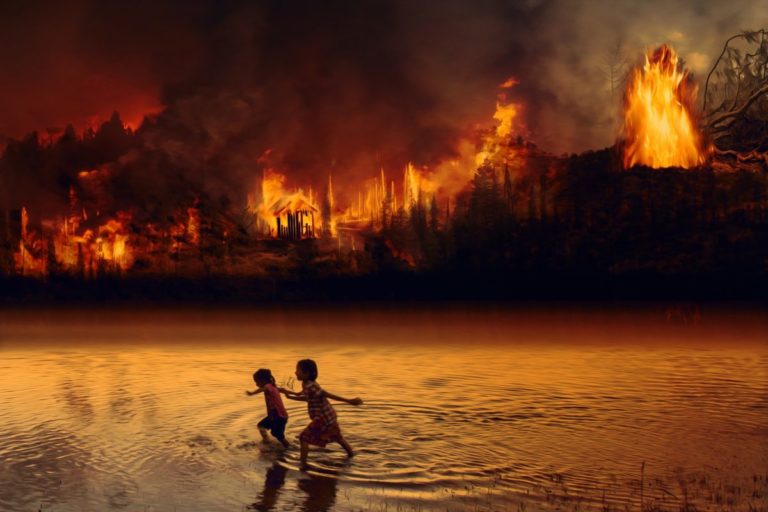
The Amazon Rainforests, for those who were less than attentive in your geography classes back in school, is a tropical rainforest encompassing the Amazon Basin in South America, covering a whopping nine nations topographically.
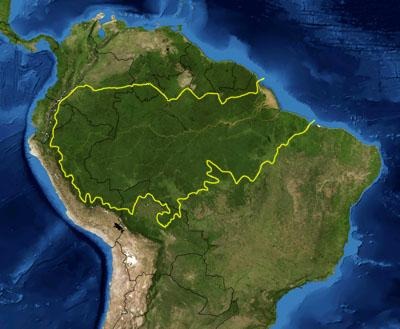
Why are the Amazon Rainforests so Important?
Environmental matters are generally looked at from an angle of the macrocosm, to provide greater clarity when it comes to long term benefits or lack thereof. The Amazon Rainforests are indispensable when it comes to its contributions in regulating the environmental conditions on Earth, and consequently, sustain human existence.
Choking “Lungs of the Planet”?
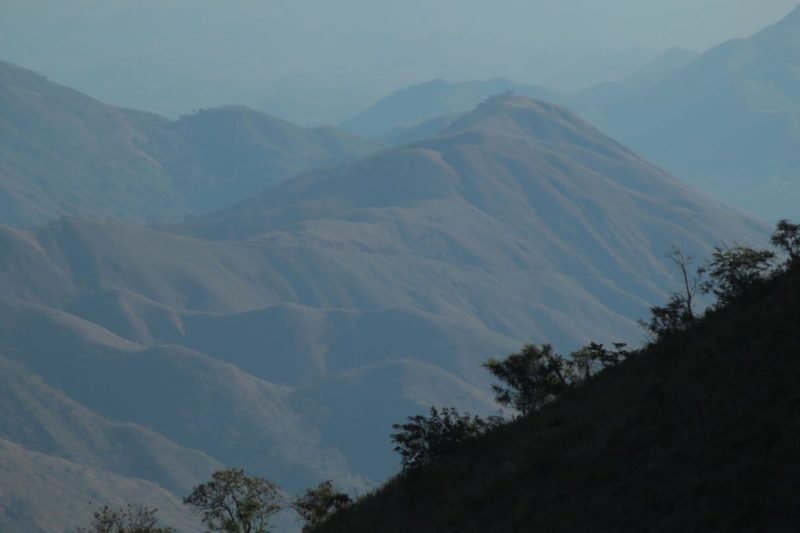
Carbon dioxide is one of the most potent greenhouse gases prevalent in the atmosphere, and if unchecked, may give rise to abnormally high temperatures. It is a fact that the Amazon Rainforests help in lowering the high carbon dioxide emissions by absorbing its excess amounts and utilising it for sustainable life processes of the plants, such as photosynthesis.
Not only carbon dioxide, but these rainforests are also known to be a major fulcrum for carbon production. A huge section of the rainforests, particularly the floral components, are structurally composed of carbon, and hence, any damage to them would exacerbate the carbon production, and in turn, global warming.
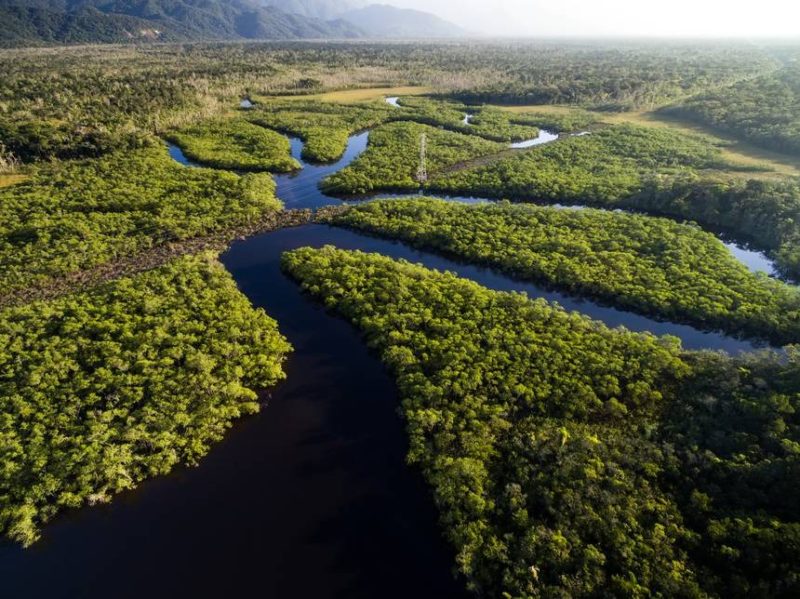
Considering the “lung” analogy to be valid, the Amazon Rainforests also help in the production of an incredible amount of oxygen. It is estimated that 6-20% of the Earth’s total oxygen is generated as a by-product of photosynthesis by the flora of the Amazon Rainforests.
Wet Wilderness
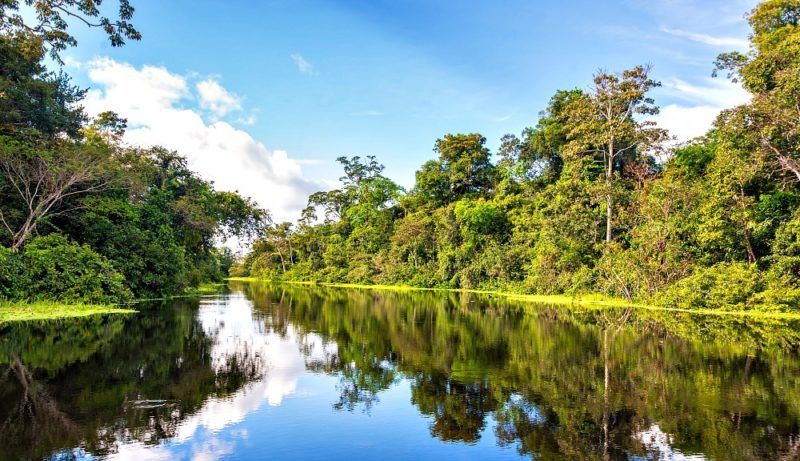
Precipitation and humidity is as significant a determining factor in sustaining the extent of the rainforest, as optimum temperature. It is a known fact that the enclosed vegetation of the rainforest is quintessential in trapping travelling clouds, thereby modulating the water cycle in general, and desired rainfall to be specific.
The Amazon River plays a significant role in directing ocean currents, in ways- some known, whereas most unknown, especially that of the Atlantic Ocean. Moreover, indirectly, these ocean currents are known to bring and pass phytoplankton along the course of their motion, thereby directly sustaining basic ocean life.
Boundless Biodiversity
It is statistically observed that the Amazon Rainforests are home to at least 9-10% of the world’s total biodiversity. A new species of either flora or fauna component is discovered here every 3-4 days. The latent knowledge that these rainforests entail is truly admirable.

Among the floral components, the Amazon Rainforests is believed to house certain anti-malarial and anti-cancer drugs that would otherwise take years to make and perfect in the laboratory, even under ideal conditions.
These rainforests are known to support at least one-third of the total animal species found on the planet and produces at least 10% of the total biomass on earth. A plethora of animal species survive and thrive within these rainforests, which further contributes to the growth and proliferation of the region. For instance, a frugivorous bird would help in seed dispersal and pollination, and would thus contribute to the growth and propagation of the floral attributes of the forest as well.
Systematic Destruction of the Rainforests
The human desire for expansion has led to the annihilation of these rainforests over a few decades. Since the late 1970s, more than 750,000 km2 have been demolished.

Historically, deforestation is the primary cause for the demolition of a good part of the Amazon Rainforest area. What was initially a crease made by farmers yearning for some profit, turned into a crater in the late 2000s when industrialisation entered the premises of these rainforests. Be it for ranching, or construction of roads; the Amazon slowly started projecting into its current predicament.
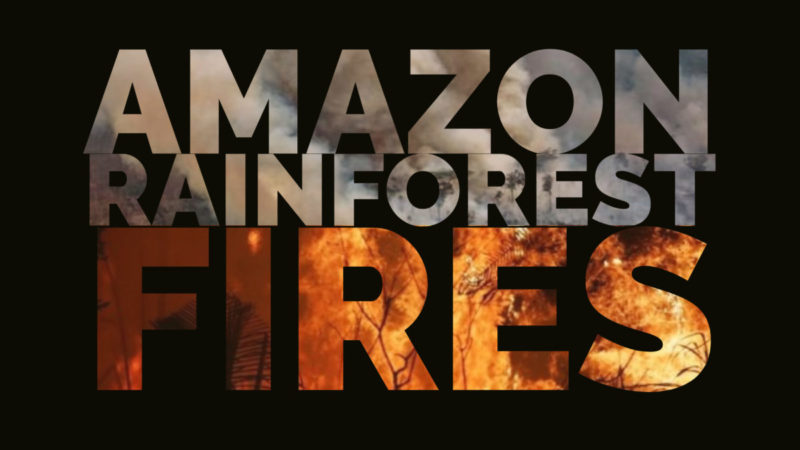
Amazon Fires – What is Happening?
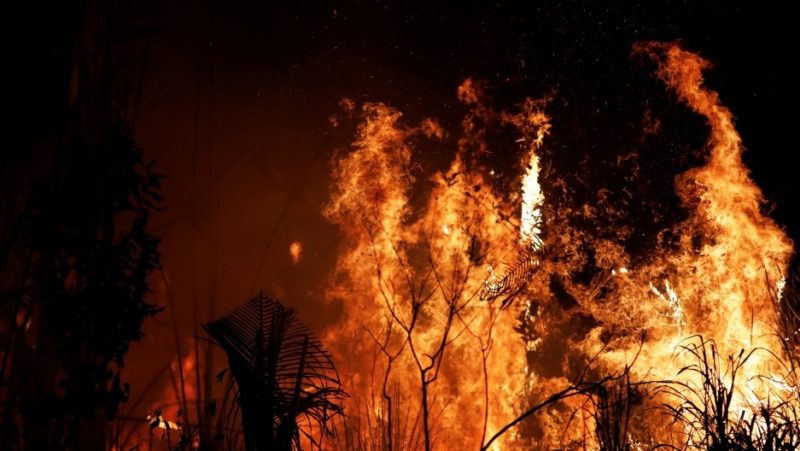
Social media has exercised its powers by ensuring that the present predicament of the Amazon Rainforests has reached every nook and corner of the world. What initially seemed to be a wildfire caused by natural calamities, soon turned out to be something much more than what met the eye.
How Common Are These Forest Fires, and What is Causing It?

It is a harsh reality that people have accepted the forest fires to be a regular annual event in the rainforests, which eventually led to the lackadaisical approach of various authorities that would otherwise be solved much more efficiently. Forest fires in these areas are “common”, either due to exaggerated frictional forces acting along the drier regions of the city, or due to anthropogenic reasons- for clearing areas for farming, industrialisation, and the like.
The primary reason for these fires are still the smallholders, or farmers, who have felt the need to dismantle the forest cover to pave the way for their cropland. These illegal activities are quite common in the region, and it is also assumed that illegal land-grabbers practice this as a means to seize and claim these barren lands- to be sold at exponentially higher rates eventually.
However, an estimate suggests that the fires have been at an exponentially higher rate as compared to previous years, as high as 700-800% as compared to last year!
How Accurate Are Social Media Accounts of the Fire?
On the one hand, social media failed to prove its worth (unlike other cases where news travels like wildfire) by either being too behindhand in passing information or bypassing incorrect or irrelevant information altogether.
Been seeing heart-breaking & alarming pictures of the Amazon rainforest which has been on fire since more than 2 weeks!It is responsible for 20% of the world’s oxygen.This affects each one of us…the earth may survive climate change but we won’t. #SaveTheAmazon #PrayForTheAmazon
— Akshay Kumar (@akshaykumar) August 22, 2019
Some articles have suggested that social media has been redundant, as most have circulated photographs from last year, along with various conspiracy theories of large scale venture businesses perpetually having a role in igniting and orchestrating the wildfires.
However, some accounts have also painted a more realistic picture of the numbers involved in these fires, and have also claimed that a large part of the areas that faced the wrath of the fires was in fact, part of the protected areas. However, it also claims that most of the fires are, in fact, from deforested areas. For instance, recent images revealed by NASA made the sorry state of the forests evident.
How Alarming is the Real Situation?
As opposed to the general idea about the 20% oxygen contribution by these rainforests, there is another school of thought that claims that these figures are highly exaggerated and that the actual contribution of oxygen is not more than 4-6%, and hence it is not as alarming as most technical jargons would claim otherwise.
The other argument in favour of the aforesaid idea is that, according to those scientists, the oxygen production of crops, if grown in those areas, would far surpass the mislaying amount of oxygen lost due to the fires (on paper) dissipated into the atmosphere, or converted into unusable forms.
Repercussions of the Disaster
The unmanageable extent and the infuriating intensity of the fires was truly a sign of nature’s wrath when clouds of smoke could be seen hovering over Sau Paulo for weeks. Despite anthropogenic reasons being the root cause of the fire, only natural causes could help ameliorate the situation- as when Brazil and the neighbouring areas experienced rainfall after what seemed like aeons.

This is an alarming sign for things to come- for if the man does not mend his ways and keep letting avarice have its day, nature will soon fight back with its indignation.
